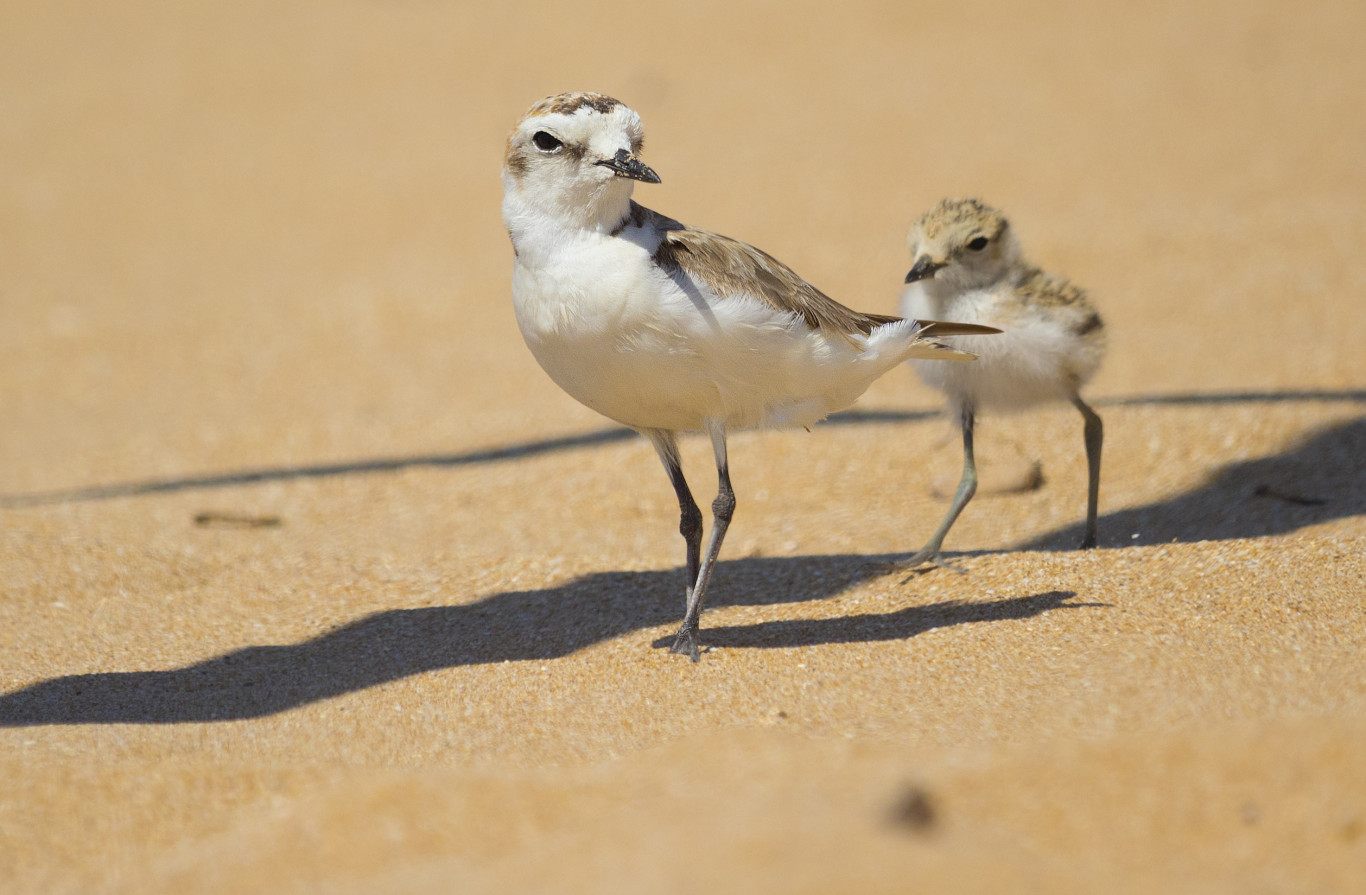Reproductive success of the patinejo plover in the "Molino del Agua" Municipal Natural Area of Torrevieja

According to the Councilor for the Environment "these figures represent a resounding success, and clear proof that the conservation of biodiversity in urban and peri-urban environments can be promoted, with adequate management based on knowledge of the ecological requirements of the species. of the particular characteristics of each place and of the organization of public uses ".
The plover plover (Charadrius alexandrinus) is a small bird that has one of its usual nesting places on the beaches. Or rather it had, since the coincidence of the incubation time of the nests with the summer season (with the consequent increase in users on the beaches) has led to fewer and fewer pairs that can reproduce on them. In fact, from different ornithological societies, it has been proposed that its cataloging go from "Vulnerable" to "In danger of extinction".
The Municipal Natural Area "Molino del Agua" (17.23 hectares and approximately 550 linear meters of beach) is the only stretch of dunes that are preserved in the municipality of Torrevieja. Its proximity to the La Mata lagoon (where several pairs of plover plovers also nest every year) and the availability of food on the extensive shoreline of the beach and in the dunes, represent ideal conditions for this species to nest. However, if one considers its location in the central area of La Mata beach (one of the busiest in summer), and the fact that the Municipal Natural Area itself is very frequented by citizens (who makes use of the network of paths and walkways raised over the dunes in its walks and sports routines), a priori, it does not seem to be a suitable place for this endangered bird. For this reason, a plover conservation program such as the one developed this season is necessary.
Among the measures adopted and that, without a doubt, have contributed to the reproductive success of the species is the installation of a provisional fence of wooden posts and rope (in addition to the existing one), installed by the municipal staff of the City Council's Department of Beaches. Torrevieja, including several informative posters on the need not to cross it. This infrastructure has become a fundamental piece to guarantee adequate separation between the laying areas and the beach users.
No less important has been the total involvement of the beach cleaning staff, knowledgeable at all times of the biological processes that were taking place, in such a way that they have been able to adjust their cleaning routines over the months, concentrating mainly on the strip of dry sand farthest from the breeding place, and resorting to manual collection in the areas near the fence when necessary.
And totally crucial has been the work of volunteers coordinated by the Department of the Environment, who have carried out an exhaustive monitoring of the population, which has made it possible to have detailed information in real time for making decisions quickly and efficiently. . In addition to the monitoring of family groups (which has made it possible to know the final survival of the hatched chickens and the identification of the main threats and risks that affect them), they have also informed many citizens on the beach. In this sense, Antonio Vidal also highlights "the understanding and involvement of the majority of users, including those who walked with dogs (these loose pets are one of the main threats to nests and newborn chickens), at the time that The reason for the temporary exclusion of the area closest to the dunes and the critical situation that the plover is going through on the coasts of our country was explained to them ".
All the information obtained during more than three months, once evaluated in detail by the Department of the Environment of the Torrevieja City Council, will allow not only to give continuity next year to the plover conservation program in the PNM "Molino del Agua" , but also to progressively improve it, through the implementation of new prevention and protection measures.